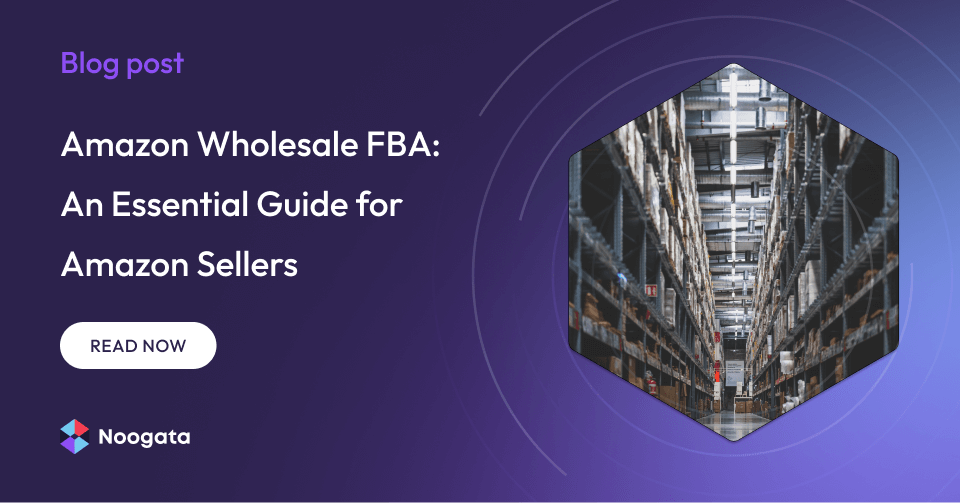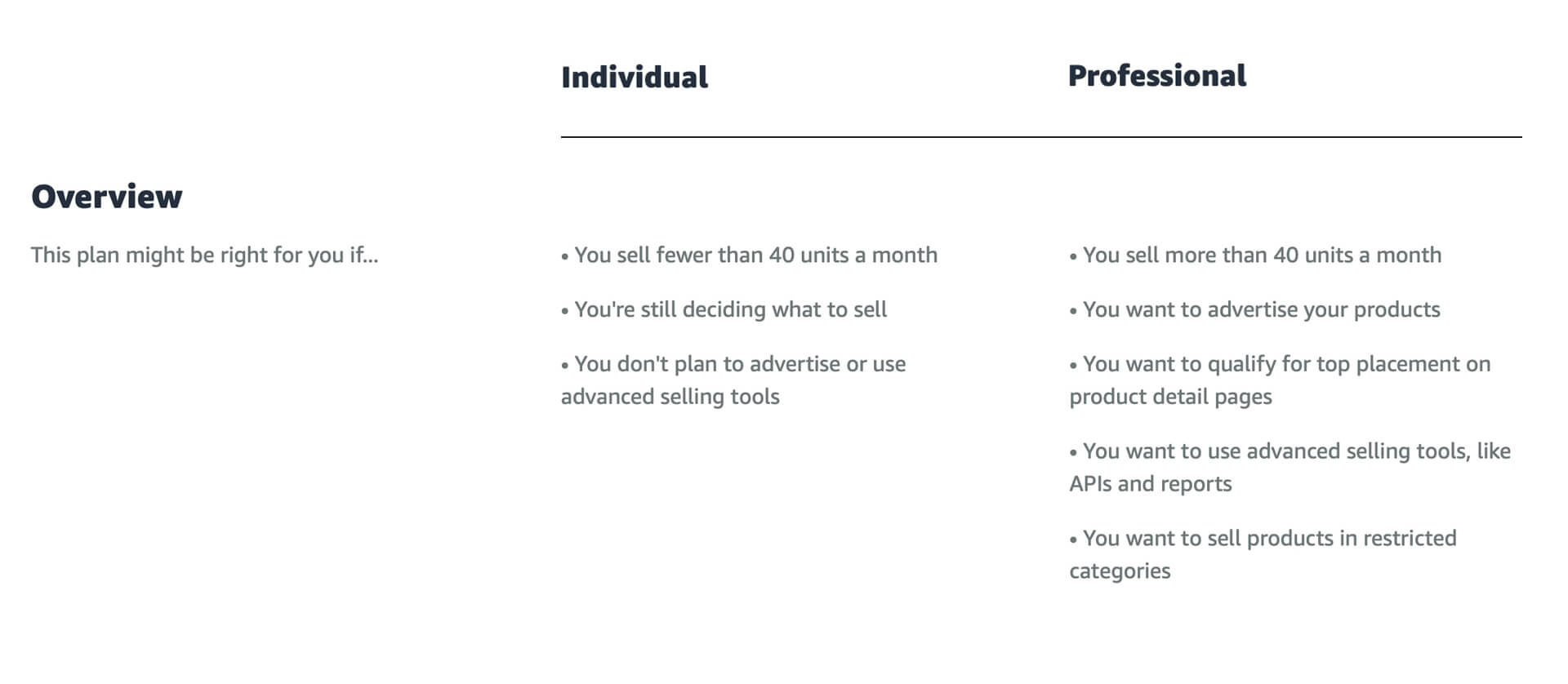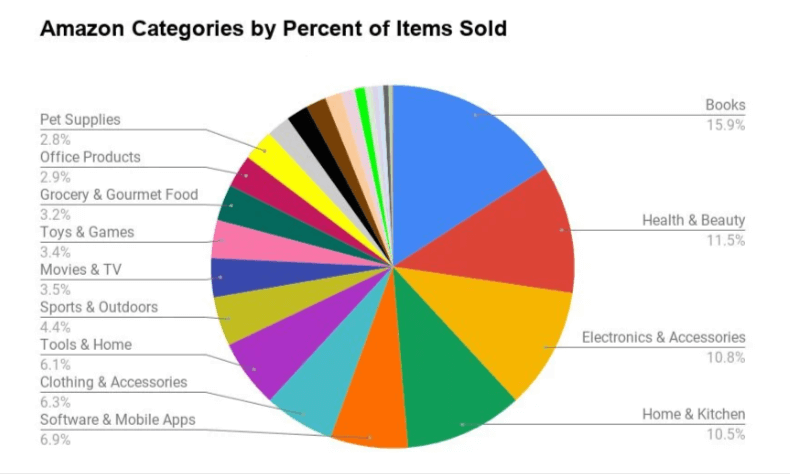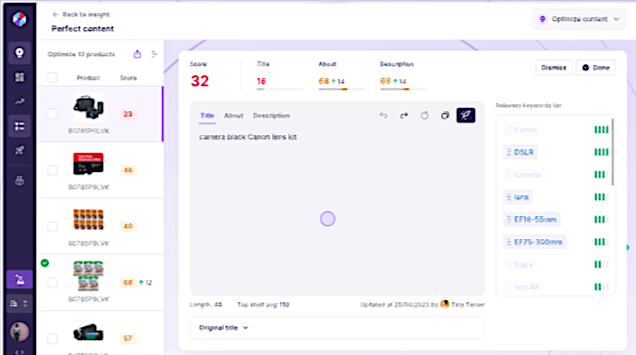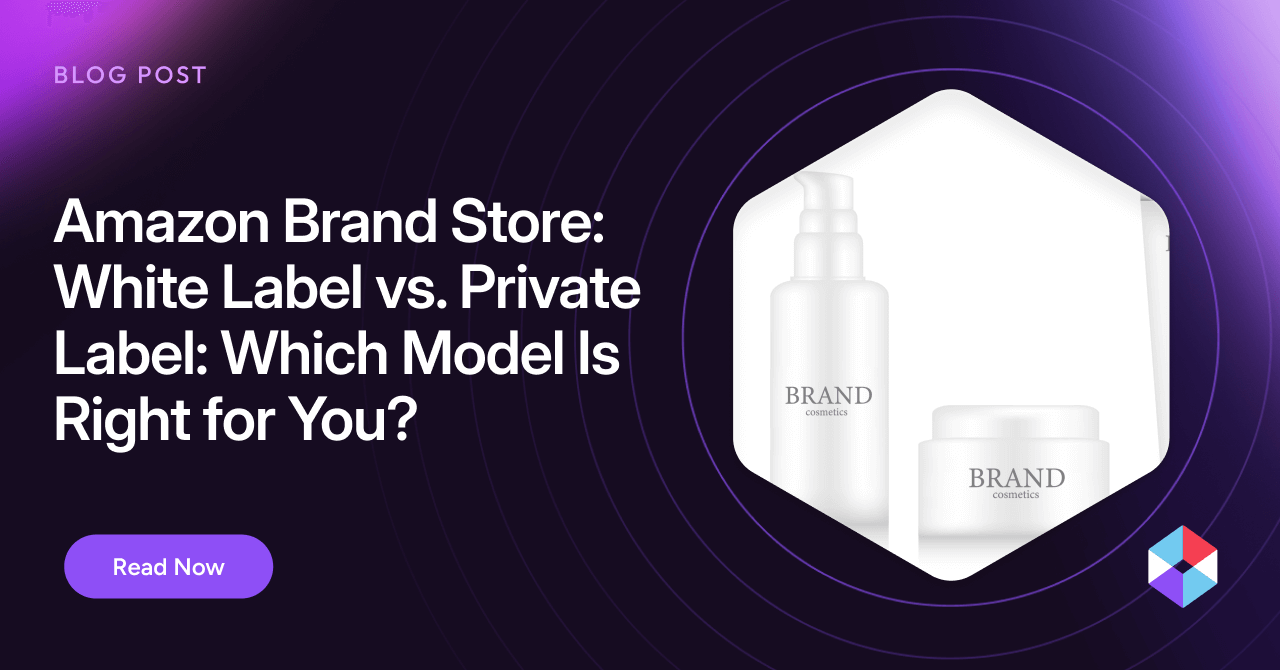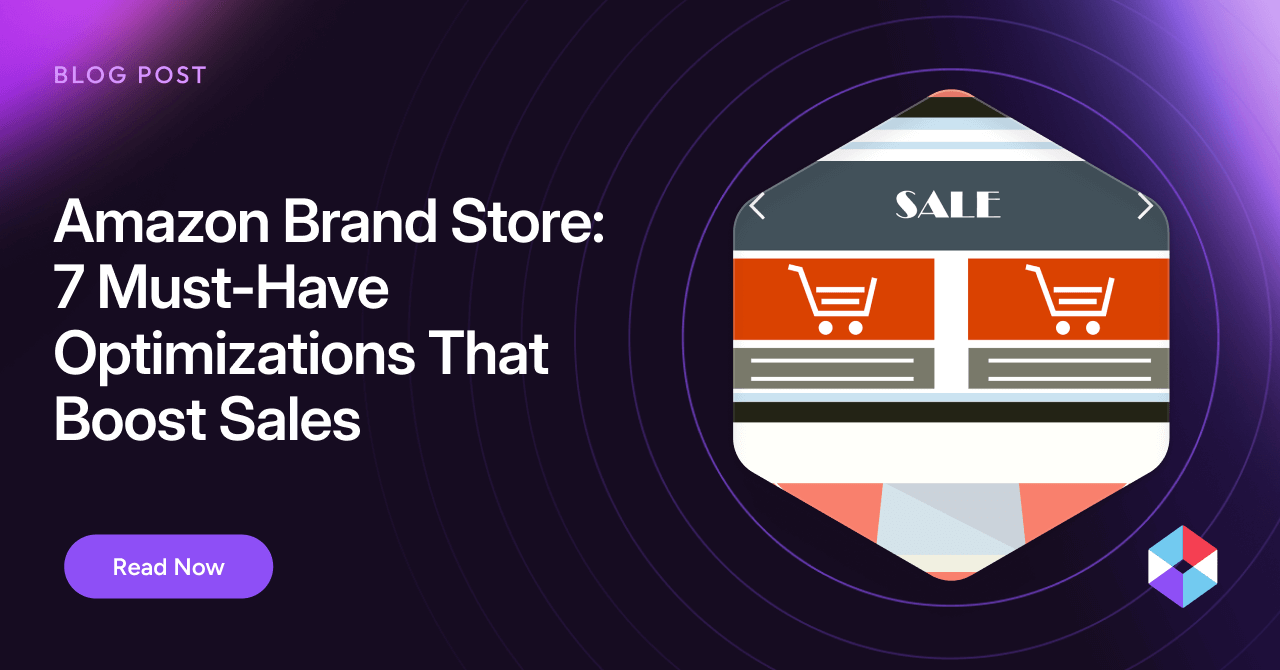Amazon may be strongly identified with online retail, but B2C sales are only one of the options for Amazon sellers. Bulk selling is permitted on Amazon, which means operating as a wholesale seller is viable. This gives sellers an entirely new model for building and scaling a business on Amazon.
Wholesalers are a minority in the Amazon marketplace, comprising only 26% of third-party sellers. It represents an opportunity to carve out a niche with less competition than you might find in the crowded retail categories. As an incentive, the Amazon FBA (Fulfilled by Amazon) service lowers the barrier to entry by eliminating the need to warehouse your inventory.
The wholesale business is different from retail, with requirements and expectations that may be new to sellers coming at it from the perspective of prior experience in retail. This guide will break down the process of starting a wholesale business using Amazon FBA, step by step.
How does selling wholesale FBA on Amazon work?
The wholesale business model is based on purchasing products from manufacturers or distributors, which are then sold in bulk to retailers who resell them as individual units. Wholesalers get the highest per-unit discount by purchasing large quantities directly from the source.
The typical wholesale seller on Amazon can expect profit margins of around 20 to 25% once Amazon’s fees are factored in. Given the size of individual orders placed by retailers, this can add up to significant monthly revenue.
The basic operations of an Amazon wholesaler will be familiar to retailers. A wholesale seller needs to open an Amazon seller account, source products with good sales potential, create engaging product listings, manage inventory levels, and scale their business up as sales grow.
Traditional wholesalers often have to maintain large warehouses to contain their bulk inventory. With Amazon FBA, your inventory is stored in one of Amazon’s fulfillment centers, and they handle shipping for you.
The Benefits and Downsides of Amazon Wholesale FBA
Wholesaling offers several benefits to the seller, but there are some potential downsides.
The Benefits
- Quick Launch – Despite the added seller requirements, you can get up and running on Amazon reasonably quickly, often in six weeks or less. Amazon FBA handles the most onerous hurdles to setting up a wholesale business.
- Product Demand – As an Amazon wholesaler, you can sell products from trusted brands highly sought-after by retailers. By taking advantage of built-in demand, you can spend less time and money on promotional activities.
- Profit Margins – Even with Amazon’s fees factored in, wholesale discounts and reduced overhead equate to strong profit margins exceeding those of the average eCommerce retailer.
- Scalability – If the buyers are there, you can quickly scale up your business by purchasing larger bulk quantities to sell. With Amazon FBA, you don’t have to worry about running out of warehouse space.
The Downsides
- Upfront Costs – As a wholesaler, you need to purchase and own your bulk inventory before you can start selling. This necessitates a significant investment of capital at the outset.
- Product Availability – Even after you find good products to resell, you might have difficulty finding a supplier. Too many wholesalers competing for the same retailers’ business can hurt profitability. When their products are in high demand, manufacturers may not offer the discounts and purchase incentives you want.
- Increased Risk – Since you are required to maintain your own inventory and can’t rely on risk-mitigating options like dropshipping, there is a greater risk of financial loss if the business fails.
What are the requirements for Amazon Wholesale FBA?
Becoming a wholesaler has more stringent requirements than launching a retail store. You must ensure your business meets certain conditions to get approved for an Amazon wholesale seller account and make direct purchases from suppliers.
You’ll first need a wholesale business license, which must be obtained from the appropriate government office. You may also need a seller’s permit or resale certificate to avoid paying sales tax on goods you’re going to resell. Many suppliers will want to verify that you have these before they allow you to make purchases.
The specific requirements for these documents will vary by locality, but you will typically need to come prepared with a valid tax ID number (such as an Employee Identification Number) and a bank account registered in the business’s name.
How to Get Started with Amazon Wholesale FBA
1. Create an Amazon Seller Account
As an Amazon wholesaler, you’ll want to sign up for the “Professional” tier account. It costs $39.99 per month, but allows you to sell more than forty items per month and gives you access to advanced, reports, and APIs.
2. Acquire All Necessary Licenses and Permits
Look up your area’s business licensing and resale permit requirements and start the application process. Also, ensure your products comply with all pertinent Amazon and government regulations.
3. Find Great Products to Sell
Figuring out what to sell is one of the most critical decisions you’ll make as a wholesaler. If you don’t already have a best-selling category in mind, you can do market research to develop ideas. Ecommerce analytics and competitive intelligence tools like Noogata can help you find trending products with solid growth potential.
Once you’ve narrowed down your initial possibilities, look up those products on Amazon to see how widely available they are and what price points they’re listed at. Products sold by Amazon itself may not be the best option, because Amazon can always afford to undercut third-party seller prices. You will also want to avoid products sold by private labels or by the manufacturer.
High-demand products from small to medium-sized brands are usually your best bet, as long as there are only a few competing wholesalers.
4. Find a Supplier
Wholesalers typically buy directly from the product manufacturer. If you don’t know who to approach, trade shows and specialized directories can help you find suppliers.
Purchasing from a manufacturer isn’t a simple, impersonal process like ordering from Amazon. You’ll want to reach out via email or phone first, introducing yourself and inquiring about minimum order quantities and pricing.
You may need to put some effort into convincing them that you can add value to their brand and increase their sales. One way to do this is by using smart tools that help you research the Amazon market and discover strategic insights for achieving a higher digital shelf position. You will then have solid talking points for explaining how you can strengthen their brand on Amazon.
If you’d rather go through a middleman, many distributors purchase from manufacturers and sell directly to wholesalers.
5. Determine Your Pricing
As soon as you know what you’re buying and how much it will cost you, you can start thinking about setting prices and calculating your profit margins. Be sure you understand the fees Amazon will charge you to fulfill each order.
The Buy Box price is a good benchmark for setting your maximum price. Your price should not exceed the Buy Box price by more than 2%.
6. Prepare Your Products for FBA
If you haven’t already, sign up for Amazon FBA and ship your products to their fulfillment centers. FBA products have a higher chance of ending up in the Buy Box, and aside from sparing you the warehousing costs, Amazon FBA will save you time and effort by handling packaging, shipping, and fulfillment-related customer service queries on your behalf.
7. List Your Products and Start Selling
With that taken care of, all that’s left is to create product listings. If you’re selling branded products with existing listings, you can model yours after those. If not, follow best practices for optimizing your listings with high-quality images, engaging descriptive text, and, most importantly, high-ranking keywords.
This is another task that an Amazon seller software solution like Noogata can help you with.
8. Manage Your Inventory
Be sure to track your inventory levels so you don’t find yourself short on products when a large order comes in. At the same time, you’ll want to keep storage fees down by not keeping excessive stock at Amazon’s fulfillment centers. Maintaining enough inventory to cover two to three average months of sales is a good benchmark.
Noogata Grows Your Amazon Wholesale FBA
Running a wholesale business on Amazon comes with its own challenges, but there’s tremendous growth potential for sellers who marry the right products to the right sales and pricing strategies.
By delivering real-time competitive intelligence and AI-driven market insights, Noogata can provide you with a road map to robust sales and high profits. Noogata’s AI Amazon Growth Assistant is an invaluable aid to optimize your listings and boost revenue, helping you outperform the wholesaler competition.
Sign up for a free demo today to discover how Noogata can help your wholesale business succeed.
